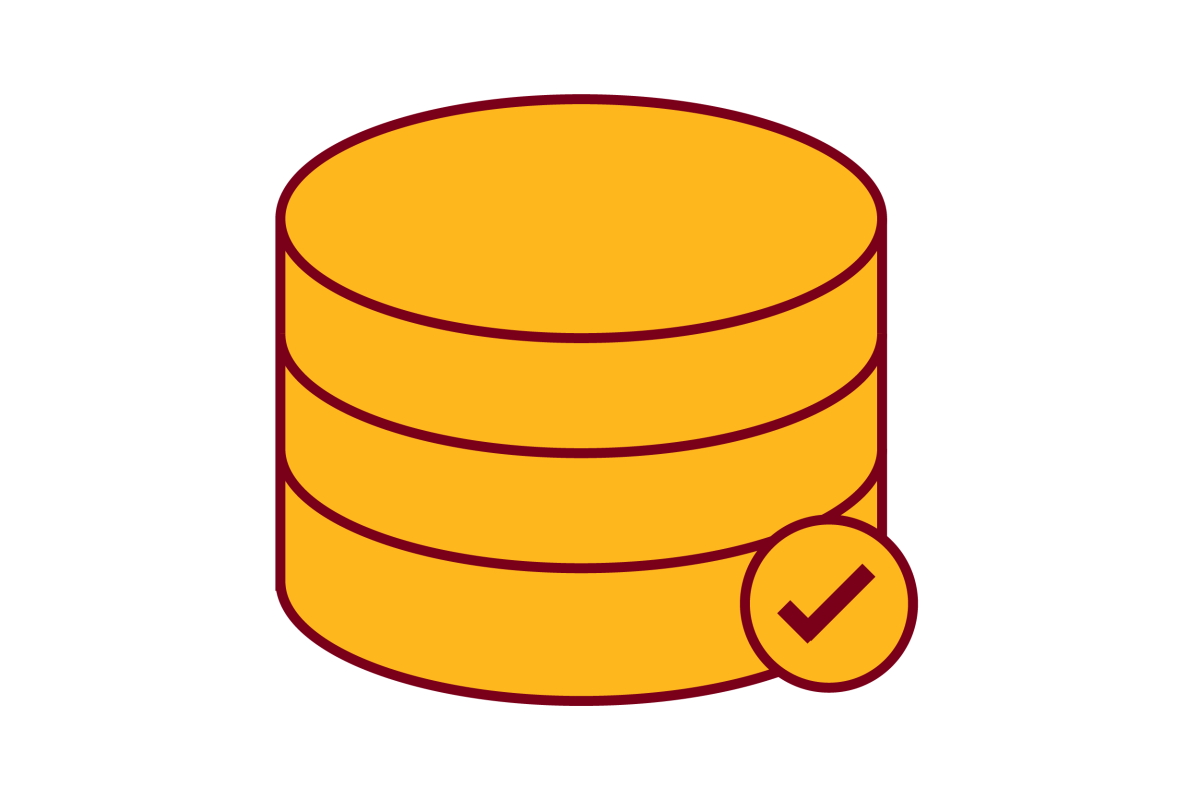A Computational Approach to Identify Covertness and Collusion in Social Networks [thesis]

Author
Pronab Mohanty (Ph.D. 2020)
Abstract
Mathematical and computational interventions in the field of social networks have a fairly recent history. Social networks analysis exists at the intersection of several fields, including social sciences, psychology, organizational behavior, business studies, mathematics, physics, and biology. Studies were often manually facilitated in the last century as the social networks’ sizes were typically small. But, the recent emergence of the internet, the world wide web, big data, and numerous platforms of social media have triggered a period of intense academic activities in this field, which is also true in the field of criminology where advances in social network analytics have engendered a flourishing sub-culture that has influenced enforcement techniques spawning new fields such as predictive policing, investigation techniques specifically based on network analytics, and even studies of criminal behavior patterns. Interest in studying criminal and terrorist networks, generally called covert networks, has peaked after recent attacks by terror organizations. There is a felt necessity of presaging criminal or covert activities well before they erupt into public consciousness. However, recent research has been reactive rather than proactive and has essentially focused on analyzing illegal networks unearthed, and the accent is on disrupting such networks. Relatively little focus has centered on the question of why some networks are termed covert or, indeed, if covertness is innate to all networks., which further leads to the related issues of identifying metrics to measure the characteristics that typify covertness and to detect the presence of covert communities in social networks leveraging the metric so developed. A further challenge is an increasing emphasis on privacy rights, data protection measures, and exponential growth in encryption measures, which has placed a ceiling limit on the information obtained on communications. Added to this aspect is the vast volumes of data that need to be processed, requiring commensurately vast use of computational resources, often with very little time. These aspects have been comprehensively addressed by the dissertation, which has used the ENRON email corpus to identify the employees who had been connected with the financial fraud in some manner. The research seeks to identify covertness within networks without any intrusive analysis or content-based measures, which is necessary given the increasing legal and policy constraints based around privacy, encryption, and general exclusion of personal data from the public domain, and also by reducing the size of the problem. The dissertation also develops specific metrics to define covertness in communications among network entities and defines a separate metric to identify covert entities' clusters with common aims. In the process of defining metrics, the dissertation also seeks to solve the problem of resource-constraints common in law-enforcement agencies by reducing the volume of information to be processed.
Link to full paper
A Computational Approach to Identify Covertness and Collusion in Social Networks
Keywords
social networks, data mining